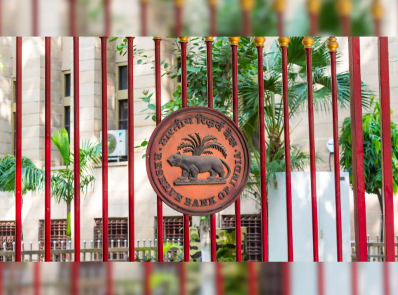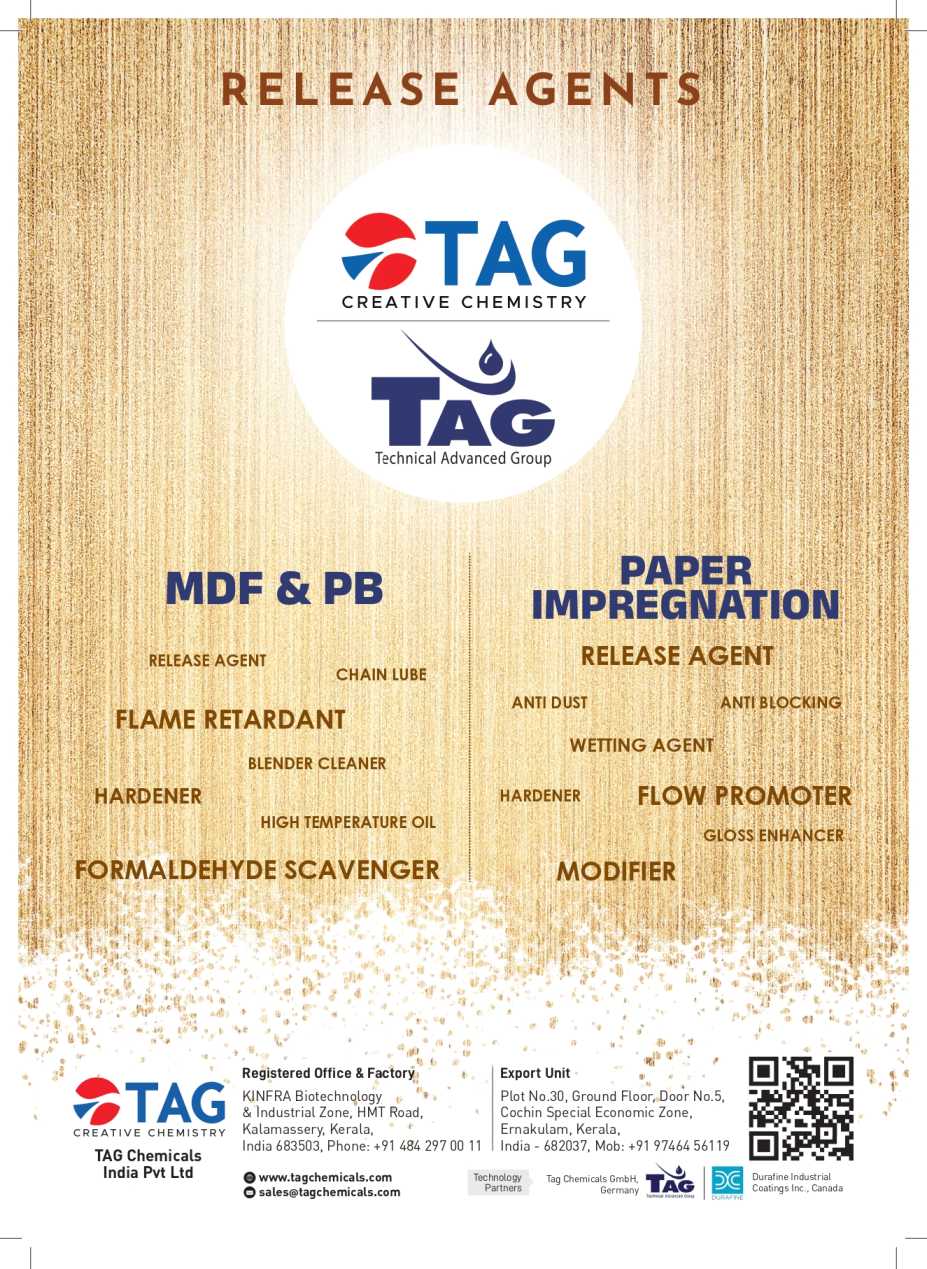
How RBI ensured payment system stayed Covid-proof
- March 15, 2023
- 0
The Reserve Bank of India (RBI) went on war footing and created a “bio-bubble” arrangement across its data centres to ensure all its critical functions ran with zero downtime and full efficacy during the pandemic. The crisis management team approved the setting up of the bio bubble on March 17, 2020, a week before the nationwide lockdown was announced.
To ensure adequate supply of currency to the public, bank notes and coins in various denominations were transported by arranging dedicated trains and airlifting of currency.
These were among the hundred measures that were taken by India’s central bank during the Covid period to ensure financial stability. “We in the RBI mobilised on an unprecedented scale and speed to put in place a cross-functional response that ensured the discharge of all our responsibilities and mandates effectively without compromising on the wellbeing of our employees and their families,” Governor Shaktikanta Das said in the foreword “compendium on Business Continuity Measures”. This is the first time that the RBI put out the details of measures carried out during the pandemic.
The idea behind the measures was to insulate the economy and the financial sector; ensuring uninterrupted conduct of its crucial functions and maintaining business continuity; supporting its employees, service providers and other stakeholders.
According to the documents released, 200 staffers, consisting of RBI officials and support teams, who are essential to perform critical functions, were isolated at a separate facility in a dedicated quarantined environment near all three RBI data centres.
As a result of this, the entire operations of the RBI’s centralized payment systems, treasury, core banking solutions (eKuber), transactions in government accounts, and the RBI’s internal accounts and systems relating to currency management ran uninterrupted from these data centres.
“The staff were rotated every fortnight, after thought screening by the RBI’s in-house doctors. The rotation was done for 538 days, ensuring employee welfare and business continuity through unhindered operations,” the central bank said.
आरबीआई ने कैसे सुनिश्चित किया कि
भुगतान प्रणाली कोविड-रोधी बनी रहे
भारतीय रिज़र्व बैंक (RBI) युद्धस्तर पर चला और महामारी के दौरान अपने सभी महत्वपूर्ण कार्यों को शून्य डाउनटाइम और पूर्ण प्रभावकारिता के साथ सुनिश्चित करने के लिए अपने डेटा केंद्रों में एक “बायो-बबल“ व्यवस्था बनाई। संकट प्रबंधन टीम ने राष्ट्रव्यापी लॉकडाउन की घोषणा से एक सप्ताह पहले 17 मार्च, 2020 को बायो बबल की स्थापना को मंजूरी दी थी।
जनता को मुद्रा की पर्याप्त आपूर्ति सुनिश्चित करने के लिए मुद्रा को समर्पित रेलगाड़ियों की व्यवस्था करके और हवाई मार्ग से ले जाकर विभिन्न मूल्यवर्ग के बैंक नोटों और सिक्कों का परिवहन किया गया।
ये उन सैकड़ों उपायों में से थे जो भारत के केंद्रीय बैंक द्वारा कोविड काल के दौरान वित्तीय स्थिरता सुनिश्चित करने के लिए किए गए थे। गवर्नर शक्तिकांत दास ने “व्यापार निरंतरता उपायों पर संग्रह“ कि प्रक्क्थन पर कहा, “हम आरबीआई में एक क्रॉस-फंक्शनल प्रतिक्रिया देने के लिए एक अभूतपूर्व पैमाने और गति से जुटे जिसने हमारे कर्मचारियों और उनके परिवारों की भलाई से समझौता किए बिना हमारी सभी जिम्मेदारियों और जनादेशों का प्रभावी ढंग से निर्वहन सुनिश्चित किया“। यह पहली बार है जब आरबीआई ने महामारी के दौरान किए गए उपायों का ब्योरा दिया है।
उपायों के पीछे का विचार अर्थव्यवस्था और वित्तीय क्षेत्र को अलग रख कर अपने कर्मचारियों, सेवा प्रदाताओं और अन्य हितधारकों का समर्थन करते हुए अपने महत्वपूर्ण कार्यों का निर्बाध संचालन सुनिश्चित करते हुए व्यवसाय की निरंतरता बनाए रखना था।
जारी किए गए दस्तावेजों के अनुसार, 200 कर्मचारी, जिनमें आरबीआई के अधिकारी और सहायक दल शामिल हैं, जो महत्वपूर्ण कार्य करने के लिए आवश्यक हैं, तीनों आरबीआई डेटा केंद्रों के पास एक समर्पित संगरोध वातावरण में एक अलग सुविधा में अलग-थलग थे।
इसके परिणामस्वरूप, आरबीआई की केंद्रीकृत भुगतान प्रणाली, कोषागार, कोर बैंकिंग समाधान (ईकुबेर), सरकारी खातों में लेनदेन, और आरबीआई के आंतरिक खाते और मुद्रा प्रबंधन से संबंधित सिस्टम इन डेटा केंद्रों से निर्बाध रूप से चलते रहे। “RBI के इन-हाउस डॉक्टरों द्वारा सोची-समझी स्क्रीनिंग के बाद, कर्मचारियों को हर पखवाड़े में घुमाया जाता था। 538 दिनों के लिए रोटेशन किया गया था, कर्मचारी कल्याण और निर्बाध संचालन के माध्यम से व्यापार निरंतरता सुनिश्चित करने के लिए, “केंद्रीय बैंक ने कहा।


































































